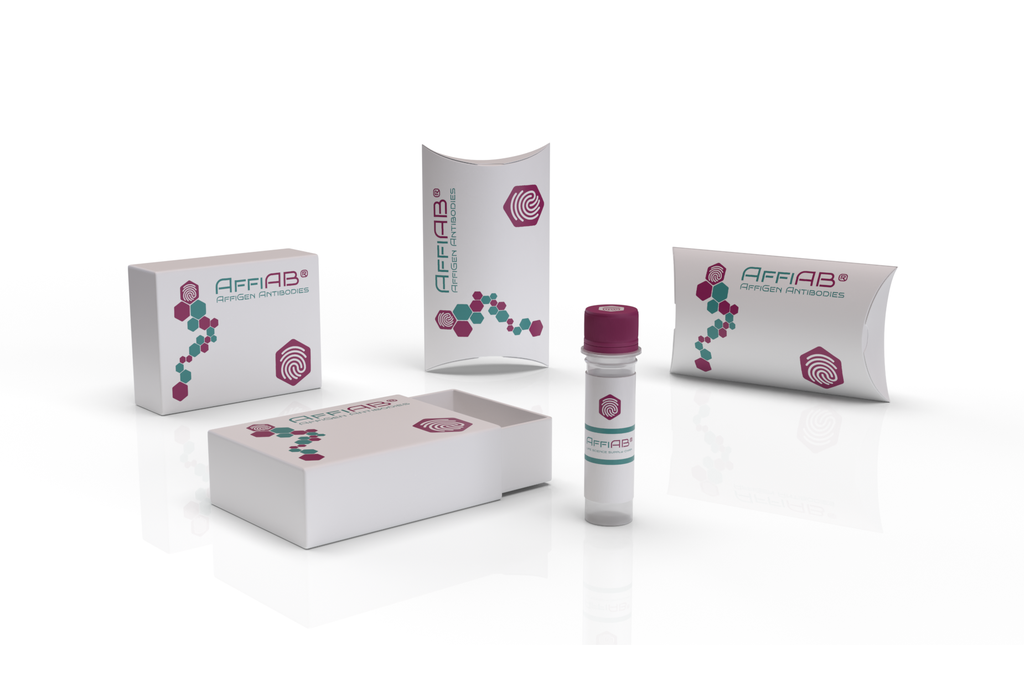AffiAB® Anti-Dysbindin Antibody
Component of the BLOC-1 complex, a complex that is required for normal biogenesis of lysosome-related organelles (LRO) , such as platelet dense granules and melanosomes. In concert with the AP-3 complex, the BLOC-1 complex is required to target membrane protein cargos into vesicles assembled at cell bodies for delivery into neurites and nerve terminals. The BLOC-1 complex, in association with SNARE proteins, is also proposed to be involved in neurite extension. Associates with the BLOC-2 complex to facilitate the transport of TYRP1 independent of AP-3 function. Plays a role in synaptic vesicle trafficking and in neurotransmitter release. Plays a role in the regulation of cell surface exposure of DRD2. May play a role in actin cytoskeleton reorganization and neurite outgrowth. May modulate MAPK8 phosphorylation. Appears to promote neuronal transmission and viability through regulating the expression of SNAP25 and SYN1, modulating PI3-kinase-Akt signaling and influencing glutamatergic release. Regulates the expression of SYN1 through binding to its promoter. Modulates prefrontal cortical activity via the dopamine/D2 pathway.
Antibody type
Rabbit polyclonal Antibody
Uniprot ID
SwissProt: Q96EV8 Human; SwissProt: Q91WZ8 Mouse; SwissProt: Q5M834 Rat
Recombinant
NO
Conjugation
Non-conjugated
Host
Rabbit
Isotype
IgG
Clone
N/A
KO/KD
N/A
Species reactivity
Human, Mouse
Tested applications
WB, IHC-P, FC
Predicted species reactivity
N/A
Immunogen
Recombinant protein within human Dysbindin aa 150-351.
Storage
Store at +4°C after thawing. Aliquot store at -20°C. Avoid repeated freeze / thaw cycles.
Form
Liquid
Storage buffer
1*TBS (pH7.4) , 1% BSA, 50% Glycerol. Preservative: 0.05% Sodium Azide.
Concentration
1 mg/mL.
Purity
Immunogen affinity purified.
Signal pathway
N/A
Recommended dilutions
WB: 1:500-1:1, 000; IHC-P: 1:50-1:200; FC: 1:50-1:100
Molecular Weight
Predicted band size: 40 kDa.
Subcellular location
Cell junction, Cell membrane, Cytoplasm, Cytoplasmic vesicle, Endoplasmic reticulum, Endosome, Membrane, Nucleus, Postsynaptic cell membrane, Synapse
Positive control
Daudi cell lysate, MCF-7 cell lysate, HL-60 cell lysate, human spleen tissue, mouse testis tissue, MCF-7.
